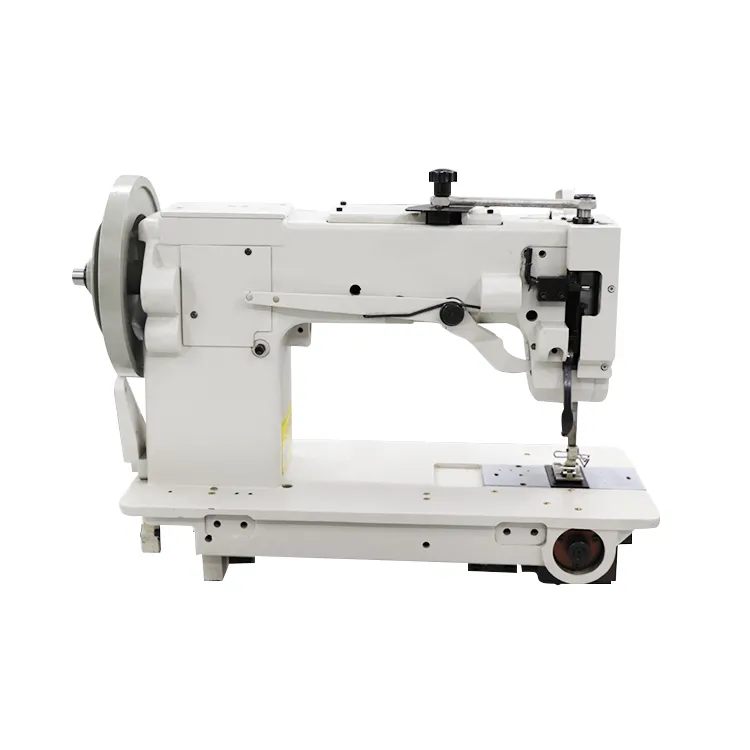Leather Sewing for Beginners
Leather Sewing for Beginners A Comprehensive Guide
Leather sewing is an exciting craft that allows you to create beautiful and durable items, from wallets and bags to belts and jackets. For beginners, it can seem daunting, but with the right tools, techniques, and a bit of practice, anyone can master the art of leather sewing. This article will guide you through the essential steps to get started.
Firstly, gather your materials. The most important items you'll need are leather (which can vary in thickness and type), a cutting mat, a rotary cutter or utility knife, and a ruler. You'll also need specialized tools like hole punches, needles, and thread designed for leatherwork. Waxed thread is commonly used due to its strength and ability to hold knots securely.
Next, choose a simple project to begin with, such as a leather coaster or keychain. This will allow you to practice cutting, stitching, and finishing without becoming overwhelmed. When selecting leather, start with vegetable-tanned leather, which is more forgiving and easier to work with for beginners.
Before you start sewing, plan your design. Use a pencil or chalk to mark your cutting lines and stitching holes directly on the leather. This ensures precision and accuracy. When cutting, take your time to follow the lines neatly; clean cuts will lead to better finished products.
leather sewing for beginners

Now it’s time to punch holes for stitching. Using a leather hole punch, create evenly spaced holes along the edges of your pieces. This step is crucial, as it determines the final look of your stitching. Ideally, spacing should be uniform to enhance the overall appearance.
When it comes to stitching, you can utilize the saddle stitch technique, which is both strong and easy to learn. Thread a needle on both ends of a piece of thread, pass one needle through the first hole from opposite sides, and pull it tight. Then, repeat the process with the other needle for the subsequent holes, ensuring consistent tension throughout.
Finally, finish your project with edge finishing techniques. This might include trimming excess leather, burnishing edges, or applying leather conditioner for a polished look. These details add a professional touch and enhance durability.
In conclusion, leather sewing is a rewarding hobby that combines creativity with practical skills. With the right materials, tools, and patience, beginners can create stunning leather items. Start with simple projects, practice regularly, and enjoy the process of turning raw leather into functional art. Happy sewing!
-
Revolutionizing Sewing with CNC TechnologyNewsMar.28,2025
-
Revolutionizing Efficiency with Automatic Sewing MachinesNewsMar.28,2025
-
Mastering Precision with Sewing Machines and ToolsNewsMar.28,2025
-
Mastering Precision with Double Needle and Chain Stitch Sewing MachinesNewsMar.28,2025
-
Leather Sewing Machines for Every NeedNewsMar.28,2025
-
Find the Best Deals on the Adler 205 370 Sewing MachineNewsMar.28,2025
-
The Essential Guide to Overlock Sewing MachinesNewsMar.18,2025





























